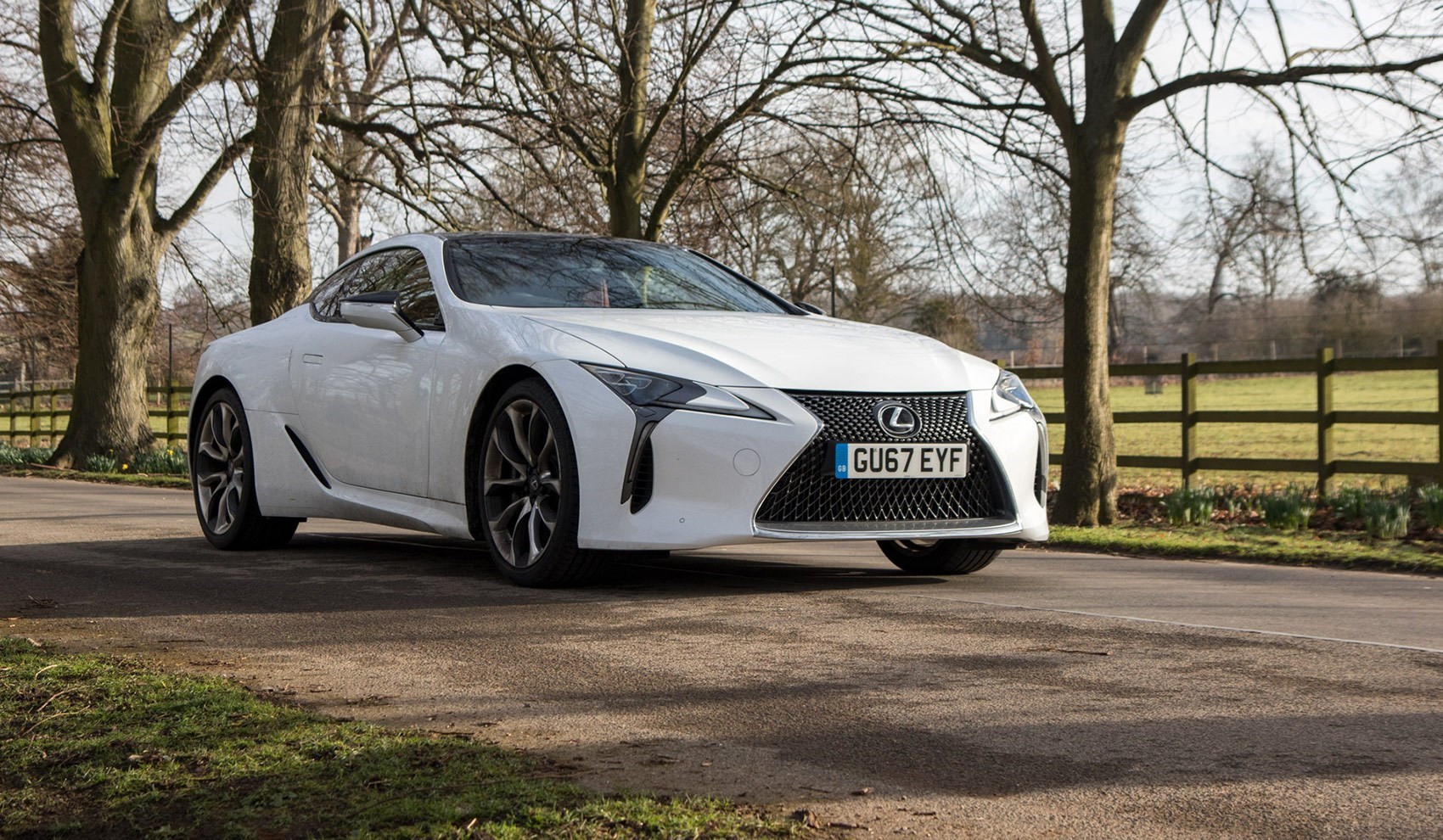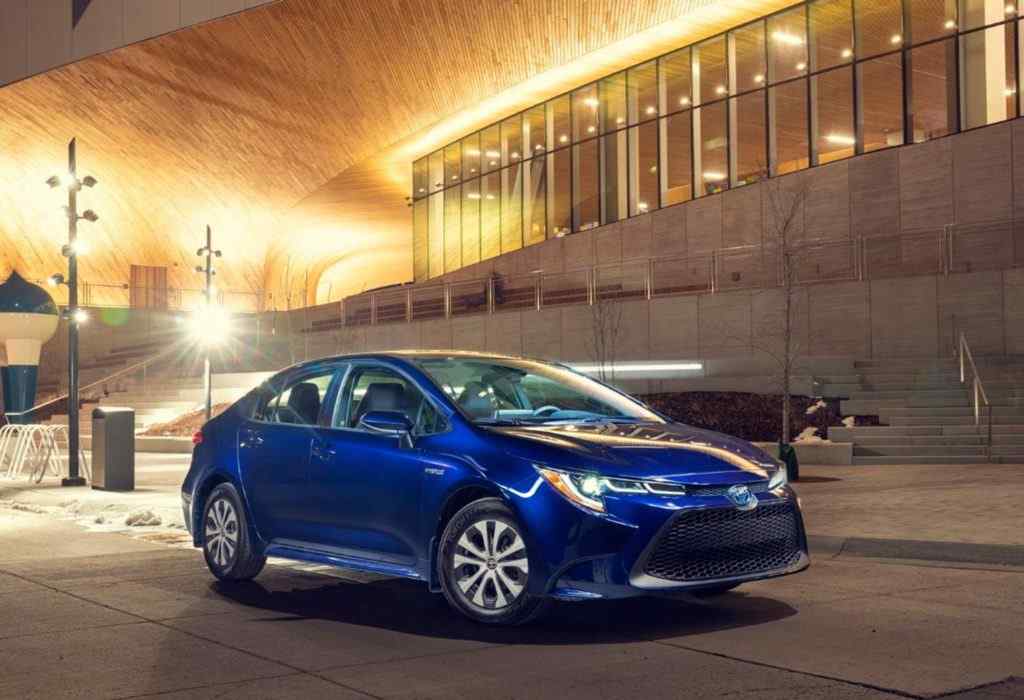

#HYBRID VEHICLES DRIVER#
How then was the driver to manage the two separate power sources? Another thorny issue was the need to have enough power available to perform any maneuver desired by the driver-whether that be passing a truck on a grade or bringing the vehicle swiftly to highway speed on an uphill on-ramp. In addition, although the concept of an automobile with two energy supplies on board remained conceptually sound, it was difficult to imagine the average American grandmother driving a vehicle with more controls than a steering wheel, accelerator and brake pedal. But I quickly discovered that the kinds of batteries then available (lead-acid, nickel-cadmium or iron-nickel Edison cells) were too heavy and could not produce the needed power or store the energy required to provide the desired power-leveling effect.

I studied the possibility of reaching my targets using a hybrid that exploited the technology of the day. But I didn't announce my aims to the agencies funding me at the time for fear that I would be scoffed at. I set the personal goal of designing a car that could get 100 miles per gallon while providing performance equal to or better than the conventional car up to 65 miles per hour (somewhat faster than the 55-mile-per-hour national speed limit set in 1974).

I was thus armed with knowledge of the latest aerospace technology, so it was natural for me to want to tackle the problem of greatly improving the fuel efficiency of the automobile. In the 1970s, I was a new professor at the University of Wisconsin, having come from more than a decade in industry where I worked on helicopters, missiles and spacecraft sent to the Moon. So when the price and availability of gasoline became a concern three decades ago, automotive engineers began to search for better alternatives-and the hybrid-car concept looked quite interesting. The inherent inefficiency of the engines used to power cars and trucks has long been recognized. But even at highway speeds, the efficiency is far from what could be achieved were automobile engines not throttled so much. With highway driving, which uses 12 kilowatts or about 16 horsepower (for a medium-sized sedan cruising at 65 miles per hour), somewhat better fuel economy can be realized. Thus our cars usually operate with their engines throttled way back so as to use only a small fraction of their available power. Yet the driving public demands rapid acceleration from its cars, which requires something like 150 kilowatts or 200 horsepower. In the city, the average speed of a car is just 19 miles per hour, which requires around 9 kilowatts (equivalent to 12 horsepower). But automobiles typically operate at very low power levels. Such inefficiencies are not so worrisome for aircraft or ships, which seldom idle and infrequently run at anything other than an optimal speed. What's more, fuel is even consumed in slowing the car, because this is normally done by throttling back the engine after running at speed. Even when the car is moving, much energy is wasted because the engine is usually throttled-the amount of air it is allowed to take in is restricted, which lowers power to an appropriate level but also acts to diminish efficiency. So the engines in our cars are simply idled, which uses fuel to do essentially nothing. For example, until recently it's been universal practice to keep the engine running at all times, even when the car comes to a stop, because having to restart the engine was viewed as problematical. The higher cost brought to light an inherent problem of using internal combustion engines in cars: inefficiency. As a result, the hybrid concept remained dormant until the 1970s, a decade during which the price of a gallon of gas tripled.


 0 kommentar(er)
0 kommentar(er)
